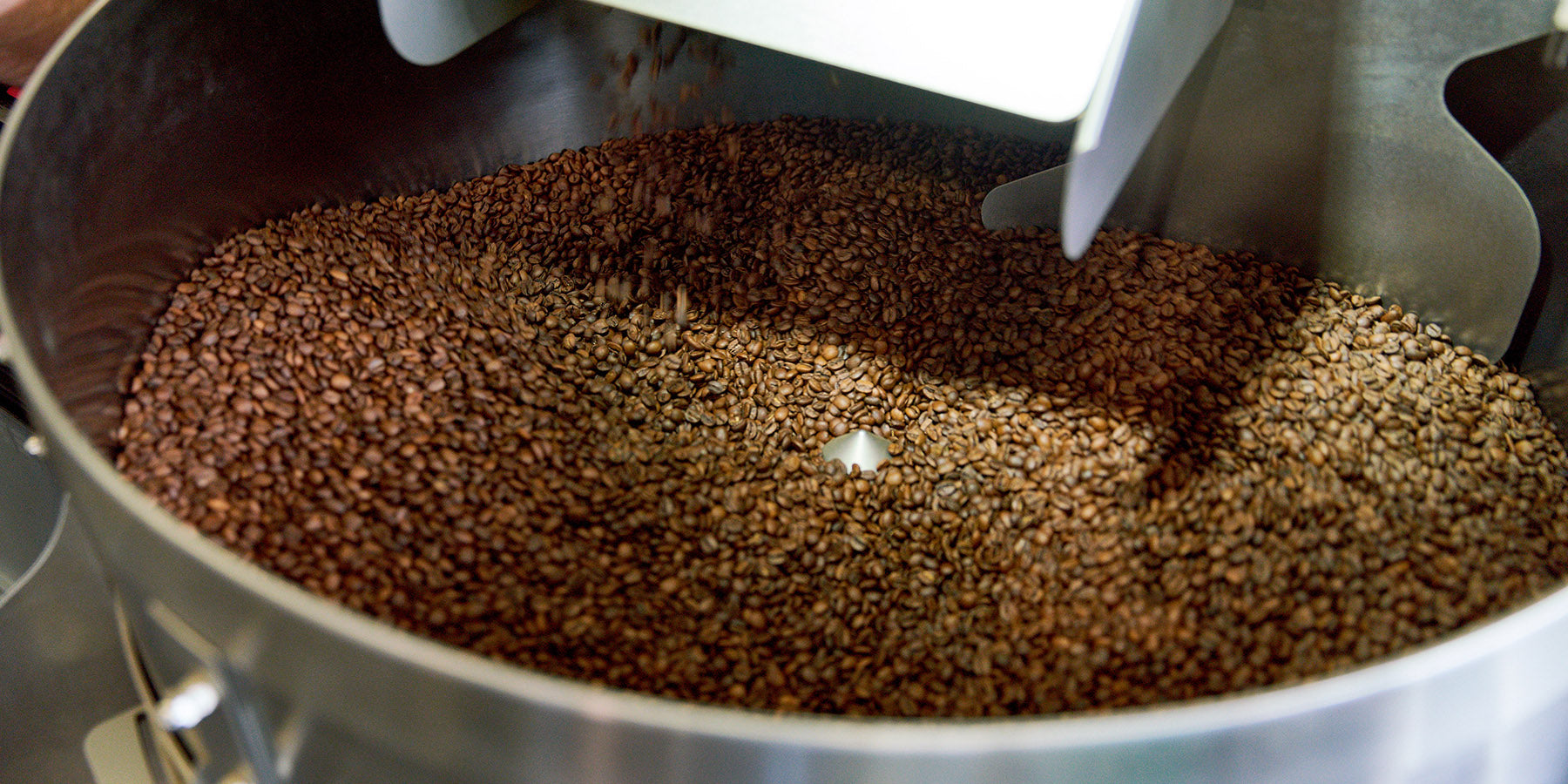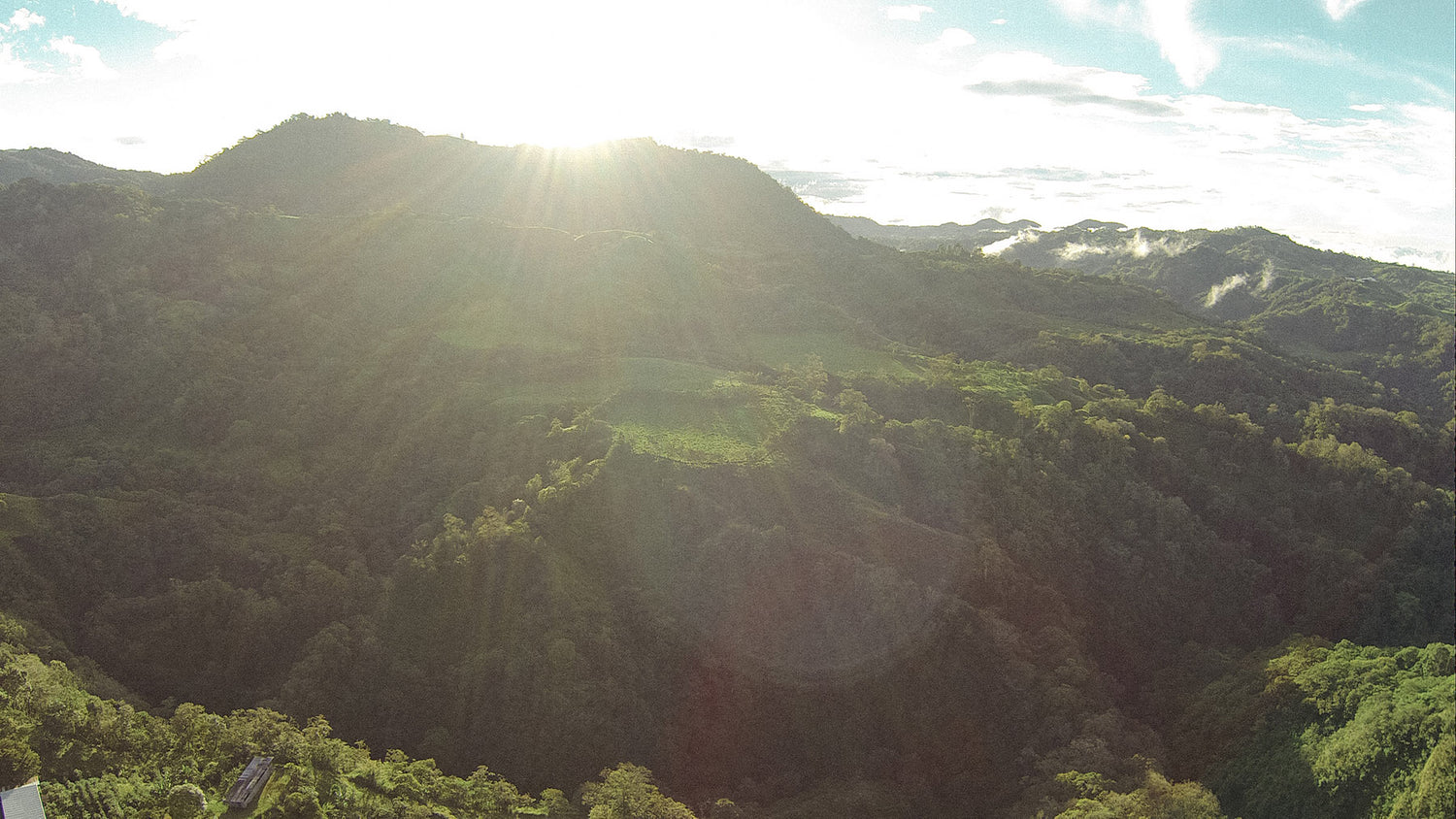Dark, dark, Italian coffee! Italian coffee is the most famous in the world. Espresso, macchiato, cappuccino and the like come from there. Italy is also partly responsible for mixing Arabica and Robusta coffee to create the "perfect" espresso blend. And yet Italian coffee is not popular everywhere. Let's take a look at the whole thing.

Italian coffee
What is Italian coffee? Everything in Italy revolves around espresso. The Italians simply call it coffee, or caffè. It is usually drunk standing up at the bar. Sometimes with a small dollop of milk, mostly without. When Italians order coffee drinks with milk, it is only before ten o'clock and usually only when they are enjoying breakfast with it. Otherwise, everything revolves around coffee, which also comes in many different varieties. A ristretto, which means limited or narrow, is a particularly intense variant in which a reduced amount of water is pressed through the coffee powder. A lungo is the exact opposite of a ristretto and is brewed with twice the amount of water. Then there is the Americano, which is also prepared with twice the amount of water, but different to the lungo or doppio.
Italian coffee – roasting
Italian coffee tastes the way it does, mainly because of the roasting. A blend of Arabica and Robusta beans is usually used for Italian roasts . Robusta is used when the coffee is supposed to be very strong – just like the Italians love their espresso. Arabica coffees, on the other hand, are more delicate, mild coffees. This means that Italian coffee often has a significant Robusta content, and then there is the roasting. This takes a lot longer than filter coffee roasts. To be precise, Italian coffee is roasted quite dark, often even darker than our dark roasts, for example. Depending on which blend is roasted and when the master roaster interrupts the roasting process, very nuanced flavors arise that play with bitter notes and acidity. Particularly darkly roasted espressos can be recognized by the roasted oil on the surface of the beans.
Italian coffee – the preparation
There are many ways to make "real Italian coffee". The most popular method in bars in Italy - and also here in Germany - is with a portafilter machine. The espresso is extracted from the coffee powder using hot water under high pressure. And then there's the crema - it doesn't get much better than that. In our homes , fully automatic machines, capsule machines and sometimes hand-lever machines are also popular. Many Italians also use a stovetop pot, known in Italian as a "moka". The resulting caffè is not, strictly speaking, espresso, because the pressure of the water that shoots up from below through the sieve with the coffee powder during the boiling process does not meet the official specifications. But the moka pot is very popular and widely used.
Italian coffee from the stovetop pot
The simple coffee maker, the most well-known of which is made by Bialetti , produces a very strong but extremely balanced coffee. However, the crema and the ultimately balanced ratio of bitter substances and acids cannot be produced in the same way as with a portafilter machine.
The beans for the stove pot should always be freshly ground and only in portions , because they lose a lot of flavor when they come into contact with air as powder. The grinding level must be set finer than for normal filter coffee in order to increase the contact between water and coffee. Depending on the grinder, this is a question of trial and error. The powder is put into the sieve of the espresso maker and simply pressed down briefly with your fingers. The water (preferably already preheated) goes into the lower part of the maker and then the whole thing is screwed onto the stove. When the coffee bubbles out of the opening in the upper part, it is ready and must be removed from the stove immediately, otherwise the coffee will burn and become bitter. Another thing that helps is wrapping the pot in a wet cloth to stop the brewing process.

Italian coffee – no longer so popular?
Many coffee lovers blindly follow Italian coffee culture and claim that it is the only right one. There is nothing wrong with that, everyone is entitled to their own opinion. But it is also becoming more and more common these days - especially among third-wave coffee professionals - to no longer consider this extremely dark roast to be contemporary. The trend these days is more towards highlighting the special characteristics of a coffee, rather than standardising everything with a very dark roast. Beans from a single origin (compared to blends), Arabica coffee (compared to Robusta) and much lighter roasts (compared to dark) are more in vogue these days. It is about highlighting the real flavour of the coffee beans, highlighting the growing region and the fact that coffee is first and foremost a fruit. However, the fact remains that coffee is also a matter of taste and everyone can drink - or roast - what they like .

Dark, darker,
Italian coffee
But the fact remains that Italian coffee is roasted very darkly. So dark that it can sometimes taste a little burnt. Nothing remains of the original fruit, which is coffee, in Italian coffee. Italian coffee is roasted until the second crack. This does not correspond to our philosophy. Even our dark roasts - espresso roasts - only crack once.
First and Second Crack
To understand: green coffee must be roasted so that the fine aromas of nuts, chocolate, berries, tropical fruit, etc. can develop inside the bean. There are many different degrees of roasting. For example, ours is light, medium and dark. The roasting time determines the degree of roasting. In addition to color, surface and smell, an important indicator of the degree of roasting of the beans is the crack, a cracking sound that occurs when built-up gases escape. The first crack occurs at around 200 °C, the second crack at around 225 °C. Since our dark roasts are also relatively "light", everything comes out of the roaster before the second crack. Italian coffee, on the other hand, is very often roasted to the second crack, which makes it very dark and strong.

What degrees of roasting are there?
There are many different degrees of roasting for coffee. The lighter a coffee is roasted, the fruitier the brewed speciality tastes and has many different nuances and aromas - coffee contains up to 800 different ones. The darker, the more chocolatey and, let's say, more uniform a coffee tastes. We have medium, light and dark roasts. Here is a brief overview of what else there is and what they are called.
- Cinnamon Roast: close to first crack, around 196 degrees, light brown color with pronounced acidity
- New England Roast: First crack reaches about 205 degrees, complex acidity, moderate light brown
- American Roast: roasted at 210 degrees, medium brown, slightly sweeter, full body with acidic notes
- City Roast: a balanced body with noticeable acidity, at a good 219 degrees a medium brown tone is achieved
- Full City Roast: 225 degrees, medium dark brown, roasted aromas, second crack is noticeable
- Vienna Roast: intense dark brown is achieved at a good 230 degrees, bittersweet, caramel notes
- French Roast: 240 degrees, dark brown beans glistening with oil, pronounced roasted aromas, sweet, chocolaty
- Italian Roast: intense dark brown, roasted at 245 degrees, very shiny beans, pronounced roasted aromas, hardly any acidity
El Salvador Espresso –
is this still Italian coffee?
We also have plenty of espresso roasts. However, none of them can be compared to Italian coffee. As already mentioned, our dark roasts are comparatively light. Most of our espressos are blends of coffees from different countries and sometimes also with an Arabica-Robusta blend, but that is not the case for all of them. The Espresso El Salvador from our own farm is basically a single origin espresso, as all the beans come from El Salvador and the Buenos Aires region. In return, you are rewarded with an espresso that is particularly full-bodied and tastes of chocolate and nougat . What’s more, by purchasing a bag of coffee you are also supporting the Coffee School Project in El Salvador. In doing so, we are opening up new perspectives for the farmers and helping them to cultivate their coffee plants in a new and more profitable way. And in this way we want to help give the former coffee stronghold a new lease of life. So here we have an excellent espresso – which does not correspond to the old, very darkly roasted standard of Italian coffee.

Italian coffee - Conclusion
Beans can't be roasted dark enough to make "real" Italian coffee, which is still enjoyed by many coffee lovers today. That's not a problem, but it can be said that there are just as many delicious espressos roasted a little lighter . And since coffee will always be a matter of taste, there's only one thing that helps: try them out and decide for yourself ! So, have fun!


